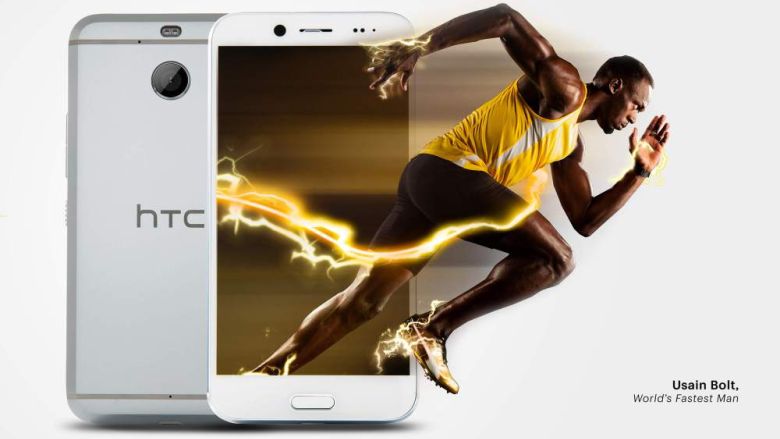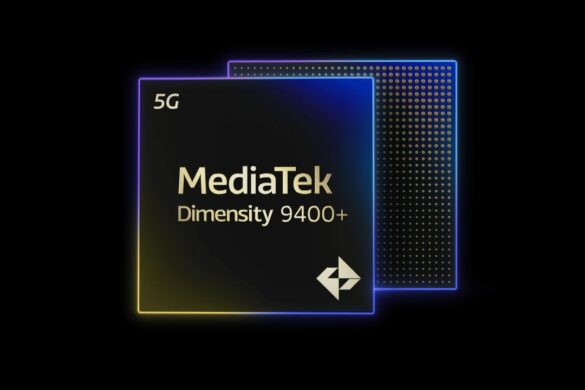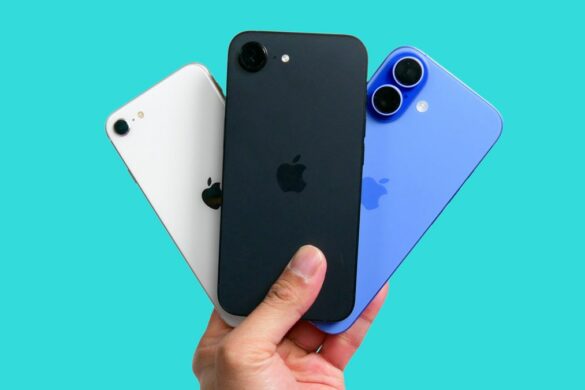The HTC Bolt goes official with US major carrier Sprint, only exclusive to the carrier. There are a couple of things to note when it comes to what it offers. For instance, it sports a rather odd Snapdragon 810 processor from last year, and a few more things to keep in mind. Let’s find out whether the HTC Bolt can save the Taiwanese manufacturer’s struggling position in smartphone sales.
For starters, the HTC Bolt looks pretty similar to the HTC 10 flagship, but at a bigger form factor since it sports a 5.5-inch display on the front at QHD resolution, protected with Gorilla Glass 5. Underneath the hood is where things start to get a little weird with the Bolt being powered by a Snapdragon 810 processor, a processor seen in many of last year’s flagships and also had an overheating issue. Nevertheless, it’s nothing much to complain about. The processor is supported with 3GB of RAM, plus 32GB of expandable storage.
On the camera side of things, the HTC Bolt features a 16MP sensor, a non-ultrapixel one to be exact, coupled with an 8 megapixel selfie camera on the front. HTC has packed a slightly bigger than usual battery with a capacity of 3,200mAh, possibly due to the QHD screen. The Bolt happens to be the first HTC device to have water and dust resistance, with an IP57 rating, making it submersible in water of up to 1 metre, up to 30 minutes in terms of duration. Another thing to note is the absence of a headphone jack, which can be deal breaker to some. HTC is somewhat made up for it with a set of USB Type-C headphones, but no USB C to 3.5mm headphone jack adapter, hence the frustration. On another note, the Bolt runs on Android Nougat, the first for HTC.
When you factor in the price of the HTC Bolt is where you might think twice. The Bolt carries a price tag of $600 (RM2,633.31), or at cheaper prices if you opt for Sprint’s contracts. Overall, a device which can give consumers rather mixed feelings. What do you think?
Source: Sprint




